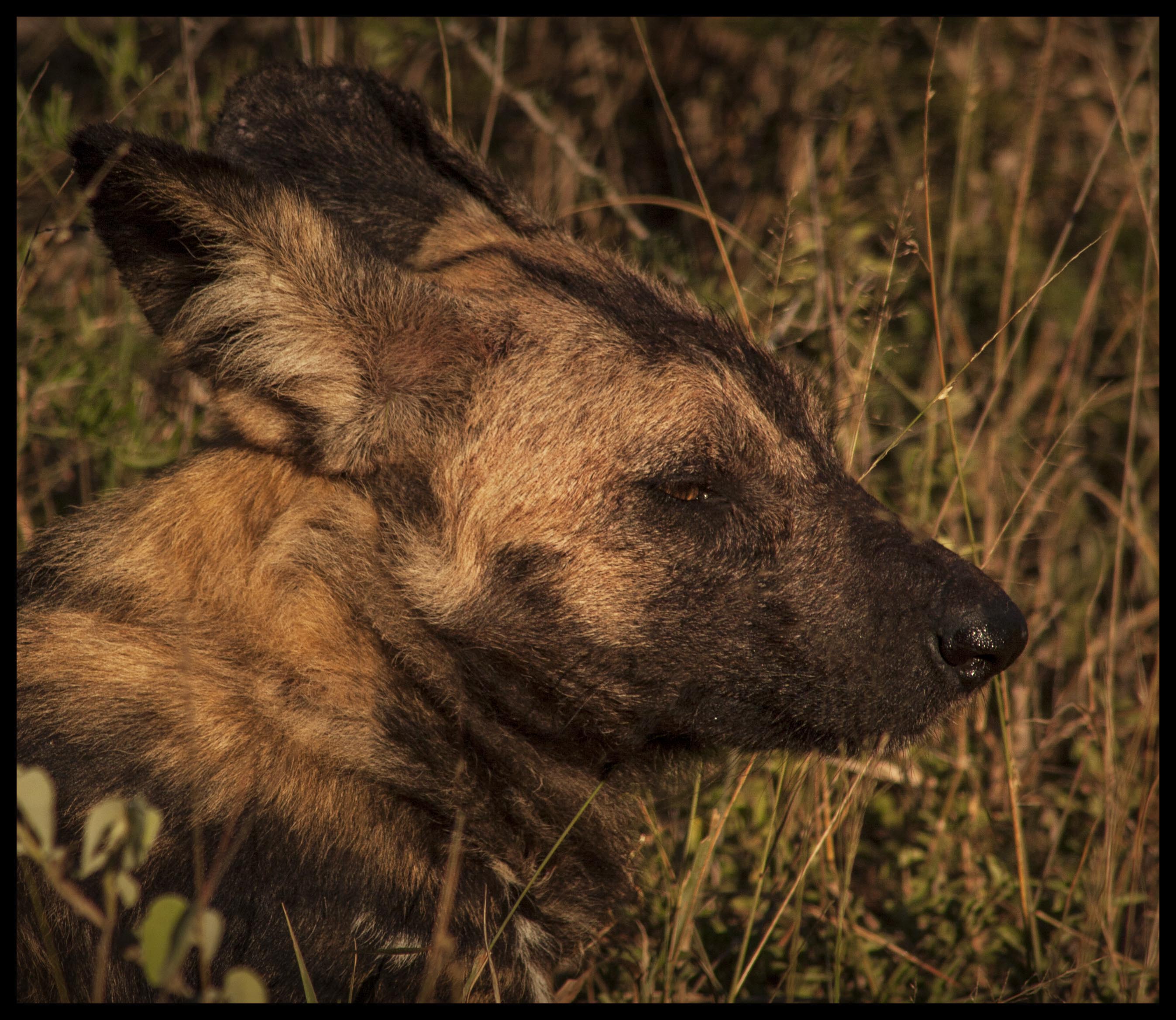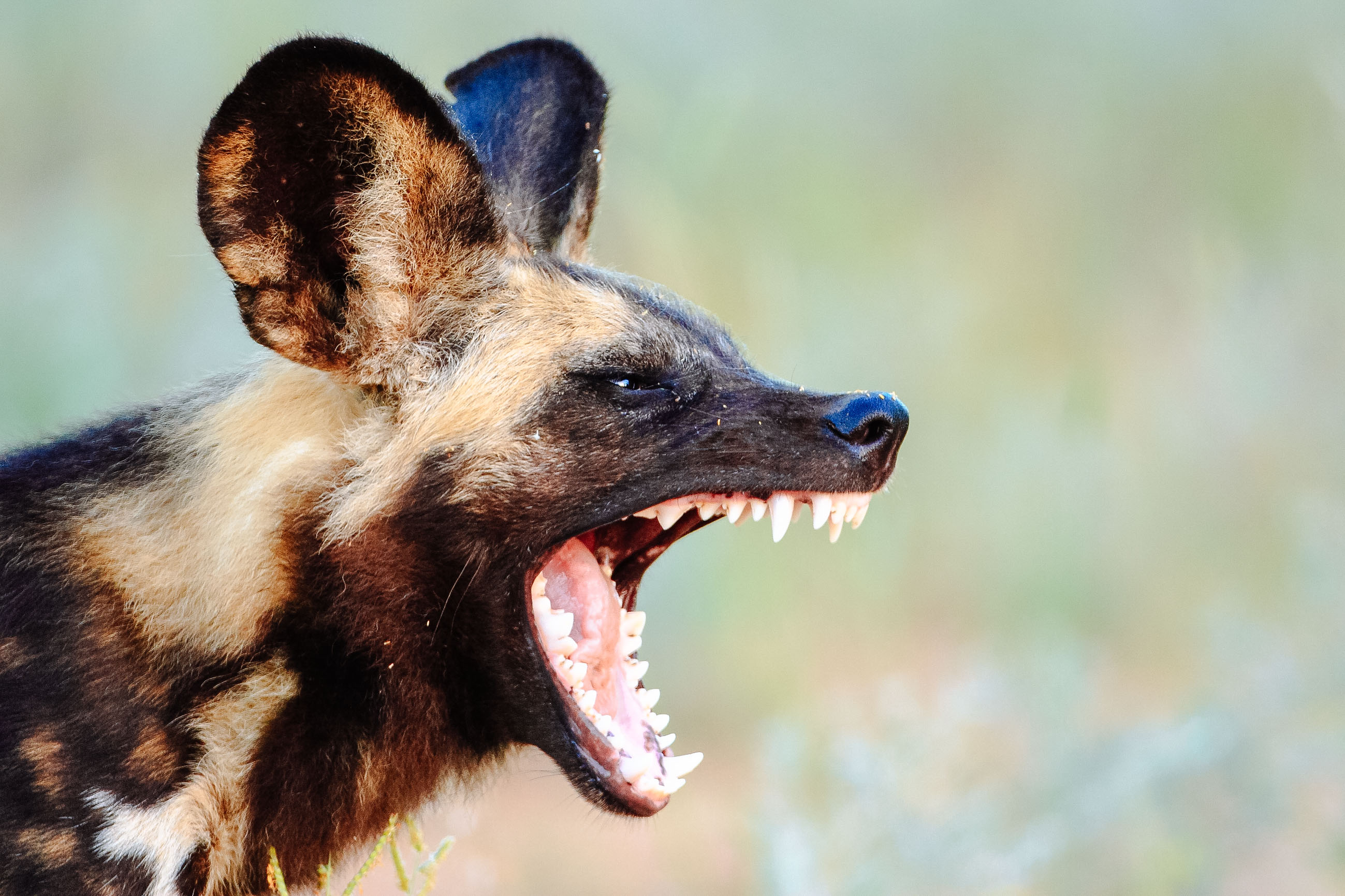
This project complies with one of the main objectives identified in the Regional conservation strategy for the cheetah and wild dog in southern Africa (IUCN/SSC 2009) in the “Strategic plan for African wild dogs in KAZA 2014 – 2018” (KAZA TFCA Secretariat, 2014) that aim to improve awareness and knowledge by “acquiring a better understanding of dispersal, habitat use and connectivity for wild dogs”. Results from this project will be used to inform effective national and international management plans. Our project will allow assessing population viability and extinction risks under changing environmental and anthropogenic scenarios and thus help identifying key conservation actions. This information on dispersing individuals will be merged with existing long-term demographic data on resident groups to inform a spatially explicit demographic model at an unprecedented level of detail. We deploy GPS/Satellite radio collars on sub-adult African wild dogs that disperse from their natal group, to collect information on dispersal patterns, habitat use and selection during dispersal, survival, settlement success in a new territory, and reproductive success of newly formed packs. To this end, we bring together novel information on dispersing individuals and 25 years of individual-based life-history data from resident groups to provide an explicit investigation of dispersal in African wild dogs. The aim of this project is to improve the long-term viability and connectivity of African wild dog subpopulations nationally and across the KAZA/TFCA landscapes by providing new empirical evidence and novel information on dispersal and its demographic consequences.

survival rate during dispersal), and to evaluate connectivity across the landscapes of KAZA/TFCA.

travelled distance) and dispersal success (e.g. Recent miniaturization of tracking devices finally allows us to follow dispersers in their whereabouts and collect information on dispersal movement patterns (e.g. Under these circumstances, understanding how and where wild dogs disperse, and assessing connectivity between subpopulations is fundamental for the management and conservation of the species across large wildlife landscapes such as the Kavango Zambezi Transfrontier Conservation Area (KAZA/TFCA), for which wild dogs have been identified as a flagship species. The Okavango Delta in Botswana represents one of the last strongholds for this endangered carnivore in southern Africa and, through dispersing individuals, the resident population likely acts as a source population for the natural re-colonization of the surrounding regions. The wide ranging African wild dog has been identified as flagship species for the Kavango Zambesi Transfrontier Conservation Area that spanning five countries including Angola, Botswana, Namibia, Zambia, Zimbabwe plays at home to the largest contiguous population of this endangered carnivore. Past and present African wild dog distribution. This is particularly the case for species characterized by long-distance dispersal, such as the African wild dog, as the fate of dispersers is often unknown and consequently neglected. There is, however, a mismatch between our understanding of the complexity of dispersal and our representation of dispersal in population dynamic models. Through emigration and immigration, dispersing individuals lead to the formation of new groups, can rescue small subpopulations, and recolonize unoccupied areas. As a result, wild dogs are forced to live in isolated small subpopulations, which are particularly vulnerable to extinction.ĭispersal of individuals is a fundamental process governing the dynamics of socially and spatially structured populations. One major threat to the survival of the species is the loss and fragmentation of suitable habitats due to expanding human population. Less than 6’000 free-ranging individuals survive in the wild, and the species has been given very high conservation priority. The species was formerly distributed throughout sub-Sahara Africa but today it has disappeared from most of its former range. The African wild dog ( Lycaon pictus) is Africa’s most endangered large carnivore and is listed as endangered in the IUCN Red List. The dog in the front is wearing a GPS/Satellite collar that allows us to follow the fate of dispersing individuals and collect information on movement patterns and dispersal success (Photo: Arpat Ozgul).


A coalition of dispersing African wild dogs.


 0 kommentar(er)
0 kommentar(er)
